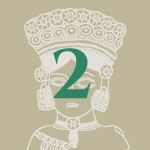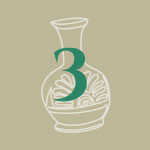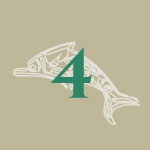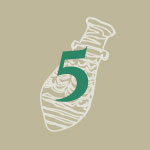Permanent Exhibition. Room 1
Eternity through Fire.
Death in the Phoenician period
(625-525 BC).
The origins of Puig des Molins as a necropolis belong to the period when the Phoenicians settled in Puig de Vila and its surroundings (625-600 BC), founding a settlement in the bay of Ibiza, core of the origins of the city. The cemetery of this first group of people was located in the lower part of the hill, in the north-east part of the site, with an approximate extension of a hectare. Cremation is the exclusive funerary ritual from this period.
Funerary rituals
The funerary ritual started by washing the corpse, not only for hygienic reasons, but also to purify the body for its new state. In case of people from the higher class, their faces and hair were carefully arranged using make-up and combs. Finally, the body was anointed with perfumed oils.
Once in the cemetery, the body was cremated. According to evidence, in Puig des Molins, this was done individually, next to the tomb or, in some cases, inside the pit itself.
Later, the bones were carefully collected and washed before being buried. However, sometimes, these were perfunctorily collected, without separating them from ash and cinder. The tombs are divided into two types: small cavities in the ground and pits. In the first ones, the remains were left inside a ceramic urn, or directly in the cavity, probably in a vessel made of a perishable material that did not make it to present times.
Agenda

Pieces in Room 1
-
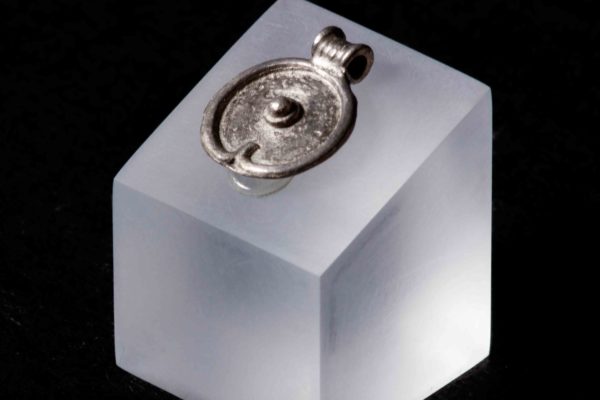
Silver pendant
Sala 1, Museo Puig des MolinsThese types of jewels were common in Carthage and the western Mediterranean (Sardinia, Sicily, North Africa and the Iberian Peninsula), although in Ibiza they are

